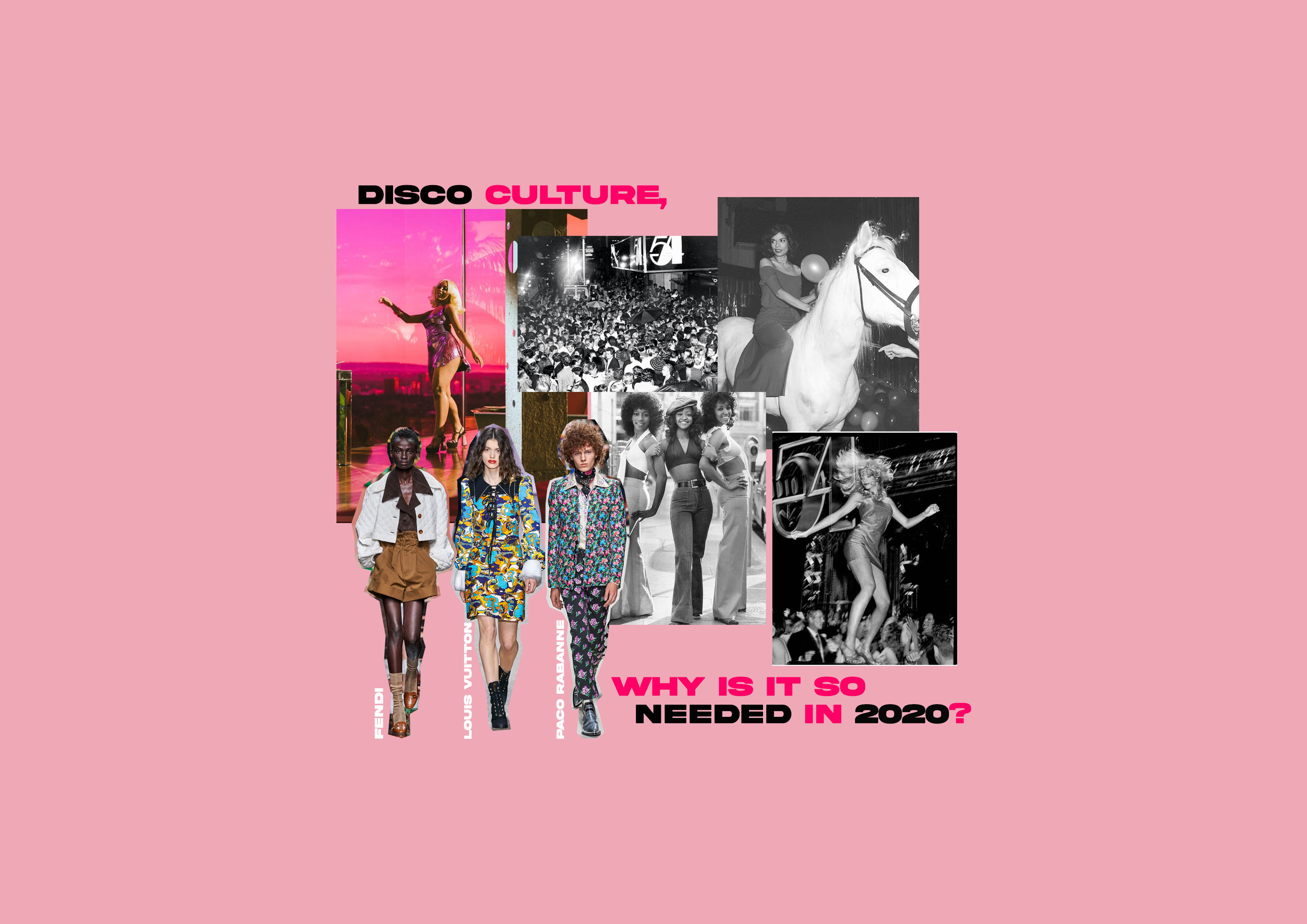
The beginning of the late 1960s saw a new wave of beat-driven dance music. This was disco, the name deriving from French word discotheque. At first disco music found popularity in underground clubs, where DJs would play the music for their mostly African American, gay and Latino audiences. The popularity rose in the mid-70s and was the main attraction within a widespread of clubs, then even began playing on the radios.
Within the clubs the heavy electric bassline and steady beat of disco music would be loud, along with flashy lights and bold colours filling the space. Dancing was influential in past decades however, disco brought on a change. Before women and men could only dance together, which sounds absurd. But due to wanting to focus on the DJ’s music, individuals would go on the dancefloor solo, having freedom in their expression of dance and being part of a crowd.
People found a home in disco as it was a place for minorities to be who they truly are and to feel free doing so. No matter if you were LGBTQ+, African American, Latino and so on, this did not matter, you could find a home in disco, even in you faced prejudice in everyday society.
In 2020 when the world is full of uncertainty, crowds can’t meet and we’re constrained to our houses, it’s difficult to obtain this feel-good attitude that disco adopted. Especially with the absence of clubs, parties and dancing. However, this is why it’s so needed. There’s a desperate need for reassurance. Society needs a lift and today’s leading pop girls of the industry are helping to do that.
English singer, Dua Lipa released her second studio album Future Nostalgia, while it was announced at the start of the year it sadly got released during lockdown. Although, parties can't currently happen the disco inspired songs still manage to transport you to the club in your mind. Her music videos kept with this inspiration, they were full of dancing, glittery dresses and lively colours. Even releasing a remix album titled Club Future Nostalgia alongside, this featured remixes and collaborations from Madonna, Missy Elliot and Gwen Stefani.
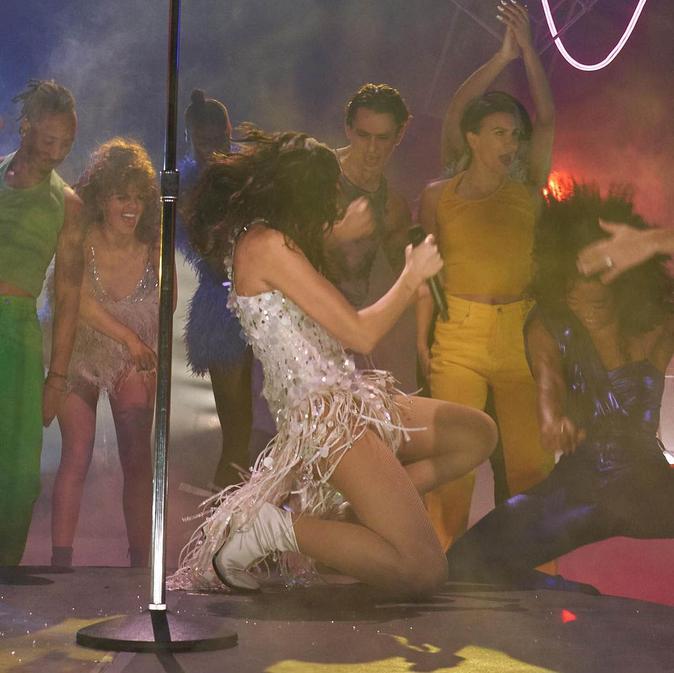
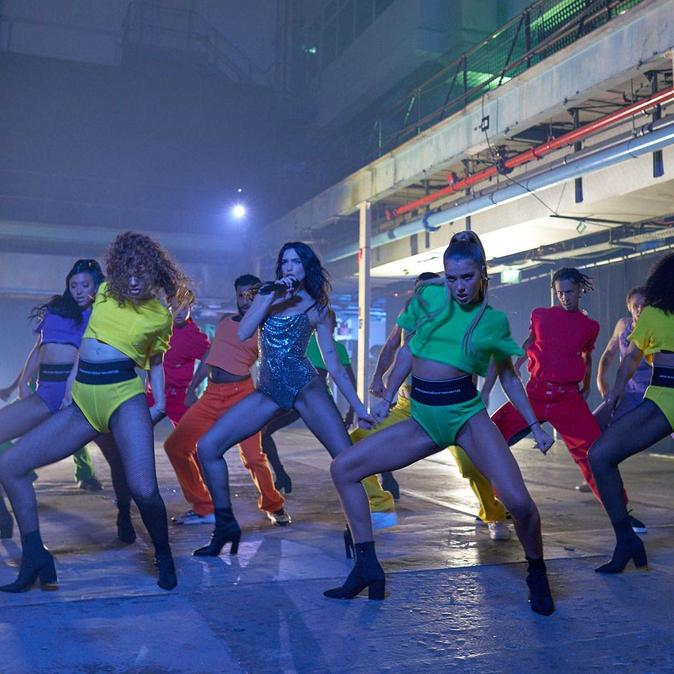
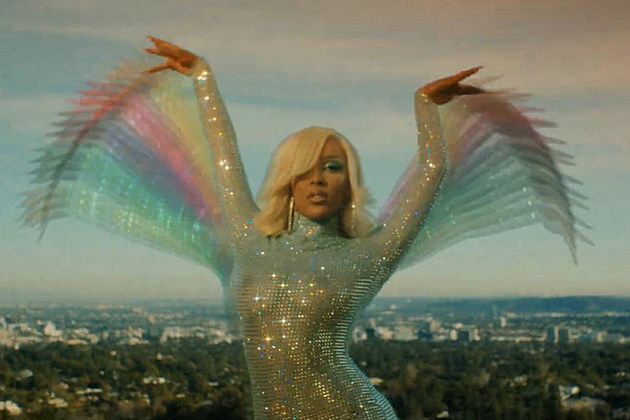
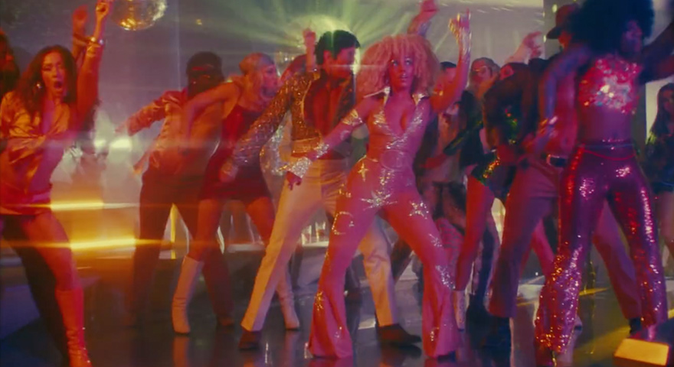
ABOVE: LEFT IS DUA LIPA'S STUDIO 2054 AND RIGHT IS DOJA CAT'S SAY SO MV
She went as far as to show us we can still have the disco fun from our houses, holding a virtual concert titled Studio 2054. This was inspired by Studio 54, which was a legendary disco nightclub. Lipa had physical guest appearances from FKA Twigs and Kylie Minogue. However, digitally had Elton John and Bad Bunny perform. Her outfits were spectacular for the event keeping with the disco theme, skin-tight and dripping in sequins and glitter. Overall, she gathered 5 million worldwide viewers, transporting them from their homes into a parallel world that has no pandemic and is just full of disco.
Studio 54 acted as a safe space for communities. This was the must go to club of the 1960s, celebrities from Diana Ross to Bianca Jagger, who famously strolled in on a white horse, would attend. Queues went for miles to get in and although it was initially a scene for minorities there would still be white, heterosexual suburban Americans who would attend as it was seen as sophisticated and the must place to be. The atmosphere was ethereal, like a weight was lifted off everyone there. Due to this there was a huge sex and drug atmosphere inside.
Arguably you could live whatever identity you wanted. People would express themselves through their clothes, with glamour and drama. Extravagance and flamboyance were a must within disco, dancers often painting themselves or covering themselves in glitter. Today the disco subculture may be an amazing party costume but the clothing from this time has left an impact people may not realise. For instance, trends that we constantly see reappear in our current society are wrap dresses, flared trousers, boob tubes and platform shoes, these are all from the 1970s disco era.
The SS20 collections also saw a return of the exaggerated collar, which was another huge characteristic of disco fashion. The collections in particular were Louis Vuitton, Fendi and Paco Rabbanne, apart the exaggeration of the collar the collection also featured metallic, heavily patterned and brightly coloured fabrics. This flamboyance was key to disco fashion as not only were the clubs and music an escape but the fashion too.
Another pop girl transporting us this year was American singer and rapper Doja Cat, with the music video release of her viral song Say So. It was in this video were she takes us to 70s L.A. in her slinky, sparkly backless dresses, where she lusts over her repairman. She later meets him again at a disco club where she channeled her Bianca Jagger and walks in with a tiger on a leash. Everyone breaks out in dance; the party carries on and the lights twinkle. This music video caught major attention due to the beautiful imagery.
The Say So dance went viral on TikTok, many dressing themselves up like they were going to the disco, even if they were just stood dancing to the phone camera in their bedroom. The way 2020 has gone people should do more of this. Put on Future Nostalgia, get glammed up, put your hot pants on and dance in your back garden. Disco brings a freeing feeling and this will never change, it acts as a medicine for the boredom and uncertainty that many of us will be feeling this year.